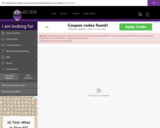
In this animated object, learners examine the formulas used to convert peak, RMS, average, and peak-to-peak AC voltages. A brief quiz completes the activity.
- Subject:
- Electrical engineering
- Engineering
- Date Added:
- 10/15/2010


In this animated object, learners examine the formulas used to convert peak, RMS, average, and peak-to-peak AC voltages. A brief quiz completes the activity.
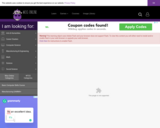
Students complete a sample exam for DC/AC I. It provides an overview of the material presented in the course.

Students identify abbreviations that represent quantities associated with electrical circuits.
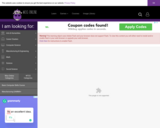
In this animated object, learners examine how the way in which a rheostat is connected in series with other resistors causes current and voltage to change as the resistance is varied. A brief quiz completes the activity.
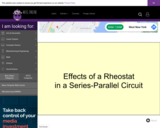
Learners examine the current and voltage changes in a series-parallel circuit as the resistance value of a rheostat is varied. Illustrations and calculations are included.
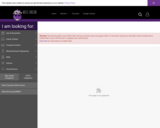
Learners identify the major components of an aircraft and the functions of these components.
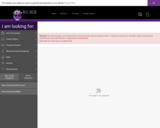
Learners examine the various classifications of airspace and the requirements to pilot an aircraft there. A quiz completes the activity. This object has sound.
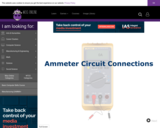
In this animated activity, students view a step-by-step approach of how to connect an ammeter to a circuit. A brief quiz concludes the lesson.

Learners consider why an impedance matching transformer is needed to connect an antenna to a television.

Learners read how an inductor opposes a current change when it begins to energize and when it begins to de-energize. A short quiz completes the activity.
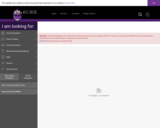
This animated guide presents an FAA map and aerial photos showing various areas of interest to student pilots enrolled in flight training at FVTC Aviation at Wittman Regional Airport in Oshkosh, WI. The airport is the site of the annual Experimental Aircraft Association's AirVenture Oshkosh. This object has sound.
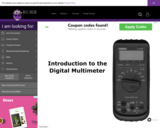
Students read an introduction for the functions and proper operation of a digital multimeter.

The student is introduced to the layout and operation of the solderless breadboard.
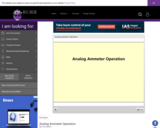
Students examine the procedure to measure current with an analog ammeter. The use of Function and Range switches is explored along with reading the needle position on the meter scale. A brief quiz completes the activity.

Learners follow procedures for measuring resistance using an analog ohmmeter. They examine the use of the Function Switch and the Range Switch and practice reading a non-linear scale. A brief quiz completes the activity.
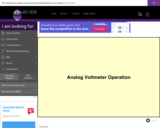
Students follow the procedure to measure voltage with an analog voltmeter. They examine the use of the Function Switch and the Range Switch. A brief quiz completes the activity.
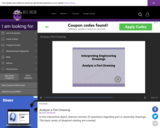
In this interactive object, learners answer 25 questions regarding part or assembly drawings. The basic areas of blueprint reading are covered.
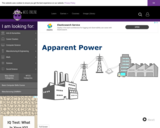
Learners read an explanation of the concept of apparent power in a power distribution system involving motors, generators, and transformers. A quiz completes this interactive lesson.
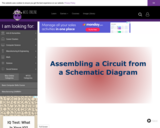
In this animated object, students examine the steps for wiring an electrical circuit from reading a schematic diagram.
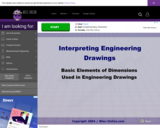
In this interactive object, students explore the basic elements and common terms associated with dimensions and leaders. A quiz completes the activity.